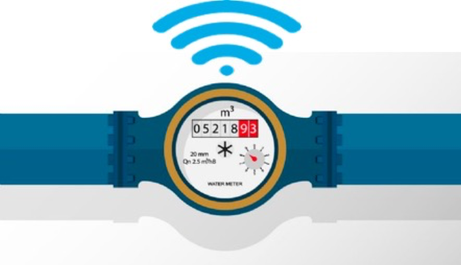Why edge computing is imperative in 5G networks
Previously, we looked at how service providers can make 5G a profitable business. A key part of this is also dependent upon service providers delivering distributed compute power as part of the 5G network itself by hosting thousands of mini data centers at the edge. In order to support the rapid growth of the Internet of Things (IoT), this is crucial.
Globally, the IoT market is booming and real-time sensors that will collect data and allow new, innovative services to be delivered are already in development. Smart meters, soil analyzers, tracking systems, health monitors, machinery sensors and a whole host of other devices will all require instant connectivity to cellular networks.

Due to the distributed nature of these devices, many of them will also run entirely on batteries and, in many cases, changing the batteries will be too expensive or nearly impossible. As a result, the life of the batteries will dictate how long the sensors can be used for. In order to extract the maximum return on investment (ROI), those deploying these devices will need to extend battery life for as long as possible. Currently, most business cases surrounding IoT devices project an average battery life of 10 years.
To conserve battery life, most devices only use power when they need to send information and then disconnect immediately once acknowledgement is received. When not in use, power consumption is close to zero. In this scenario, the time between sending information and receiving the acknowledgement is crucial. The shorter the time taken, the less energy used and the longer the batteries will last. For this reason, low latency in the network is essential.
Edge Computing is the Answer
Sending packets of information across the radio access network, through pre-aggregation and aggregation, to an application hosted in a central data center and then sending back an acknowledgement takes too much time.
With edge computing, the application can be brought closer to the device and into the radio access network itself, dramatically reducing connection times and significantly increasing battery life.
The latency to the IoT application impacts radio “on” time, which also affects power consumption. Reducing a one-way latency of 50ms – 200ms to a cloud-hosted application, down to a one-way latency of 12ms for an application hosted into the edge cloud can have a dramatic impact on the battery life of the IoT device by 50% or more from 10 to 15 years; as each of the millions of transactions it processes over its life use slightly less power with an edge cloud application. Therefore, latency has a significant impact on the overall IoT business case.
Together, edge computing and 5G will deliver the low latency that service providers need to maximize return on device investment and, ultimately, power the growth of IoT when and where it matters most.
Juniper Networks’ Contrail Edge Cloud was designed for service providers who want to cost effectively deploy new services at the space- and power-constrained network edge. It abstracts and virtualizes compute, storage and networking resources efficiently and economically in lightweight edge environments, such as central offices, base stations, hubs and switching sites. Contrail Edge Cloud accelerates service creation at the edge through low-latency, simple, automated delivery without sacrificing the rich functionality of a multitenant secure cloud.
Learn how Juniper can help you build a 5G network powered by Contrail Edge Cloud.

























